Regular Use PC Parts
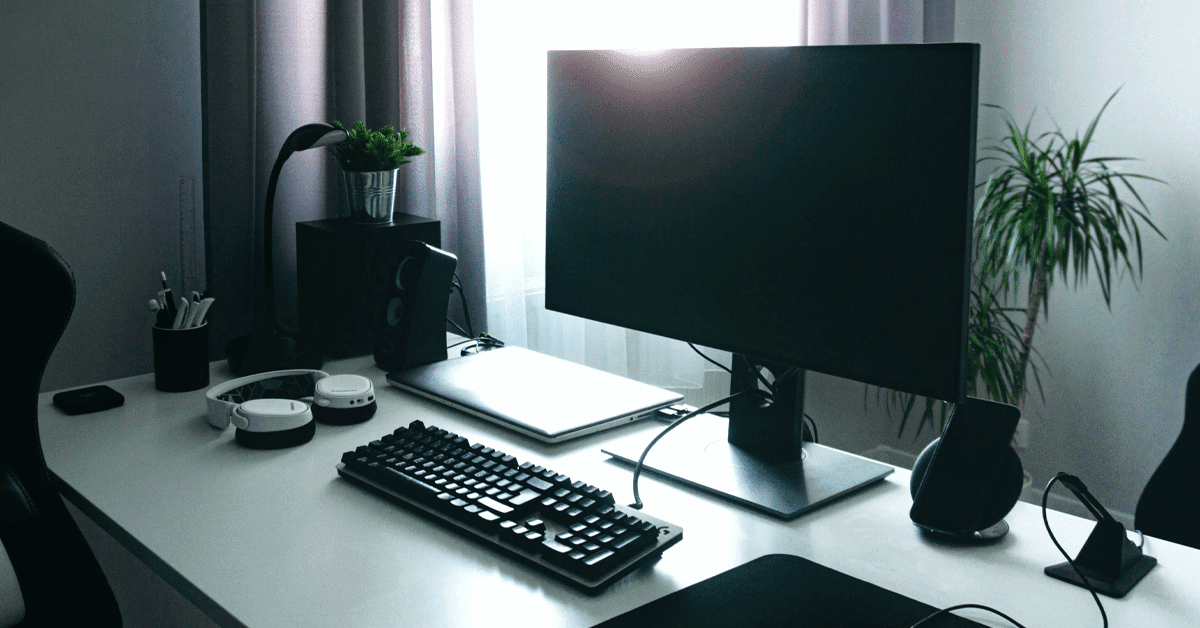
A Regular PC requires the following parts to function properly and efficiently with the bare minimum to get the "viewers" experience and to get light work done:
Monitor
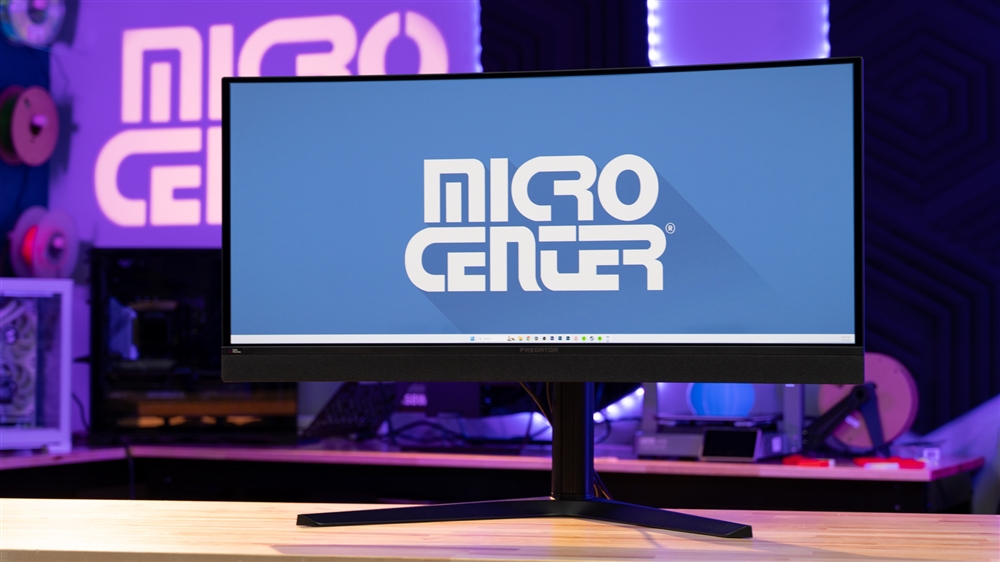
Regular monitors have refresh rates starting from 60Hz and go upwards of 144Hz. The higher the refresh rate the faster your monitor will refresh what is being displayed on the screen at the moment.
Mouse
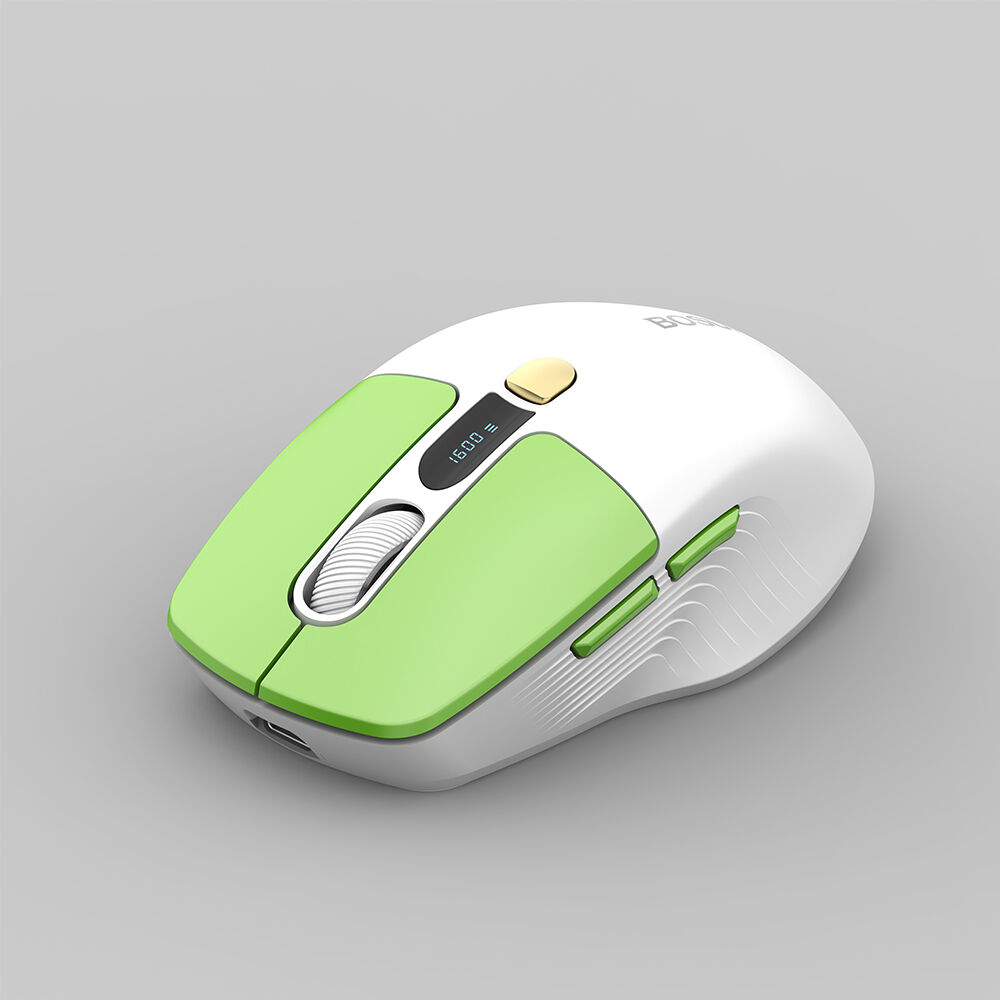
A Regular Mouse won't be as precise as the gaming variants but they will get the daily use jobs done. Due to having a variety of DPI's (Dots Per Inch) to choose from, you are able to make faster or slower precise movements.
Keyboard

Regular Keyboards are able to get the daily use jobs done and the modern day keyboards are also able to get a decent performance with gaming.
Computer Case
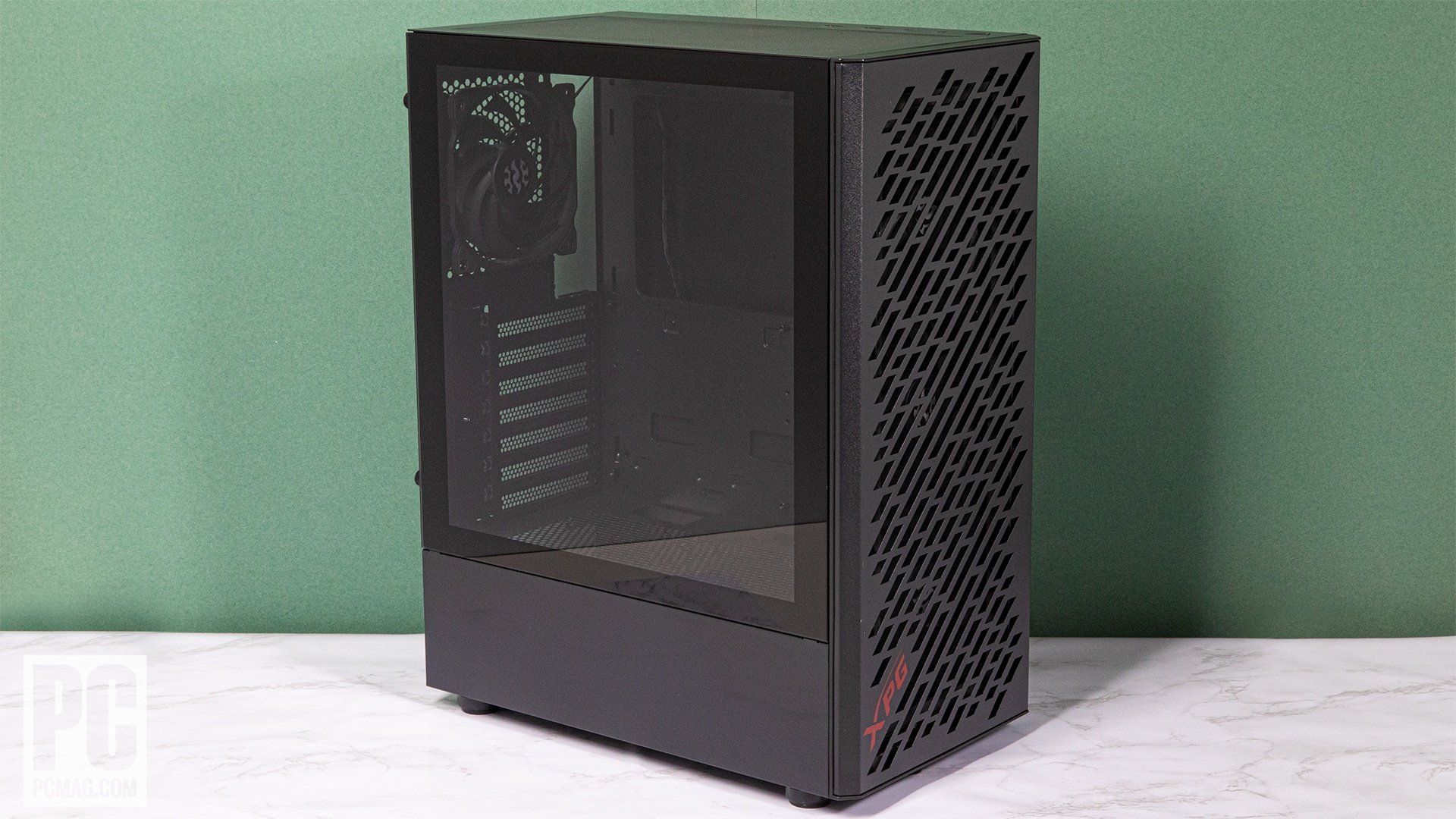
This is the home of all of the PC components that you plan on installing. Having proper spacing and ventilation inside and outside the case will allow you to properly cool down your PC as well as give you adequate space to install future parts.
Central Processing Unit (CPU)

The Brain of the whole setup, the CPU, is what gives the PC the processing power to compute and complete tasks. Having a powerful processor allows your PC to "think" and work faster as it is able to take on heavier work loads and take less time to complete the task.
Motherboard (MoBo)

The Heart of the entire PC setup, the MoBo, provides power to each of the components connected through its circuits. The MoBo helps all of the components communicate with each other so that everything runs smoothly and efficiently. Make sure to research whether or not your CPU and your MoBo are compatible with each other before making your purchase. As MoBos come with their own integrated Graphics Processing Unit (GPU), having a dedicated GPU for a Regular Use PC would make it trespass into the Gaming and Workstation domain.
Random Access Memory (RAM)
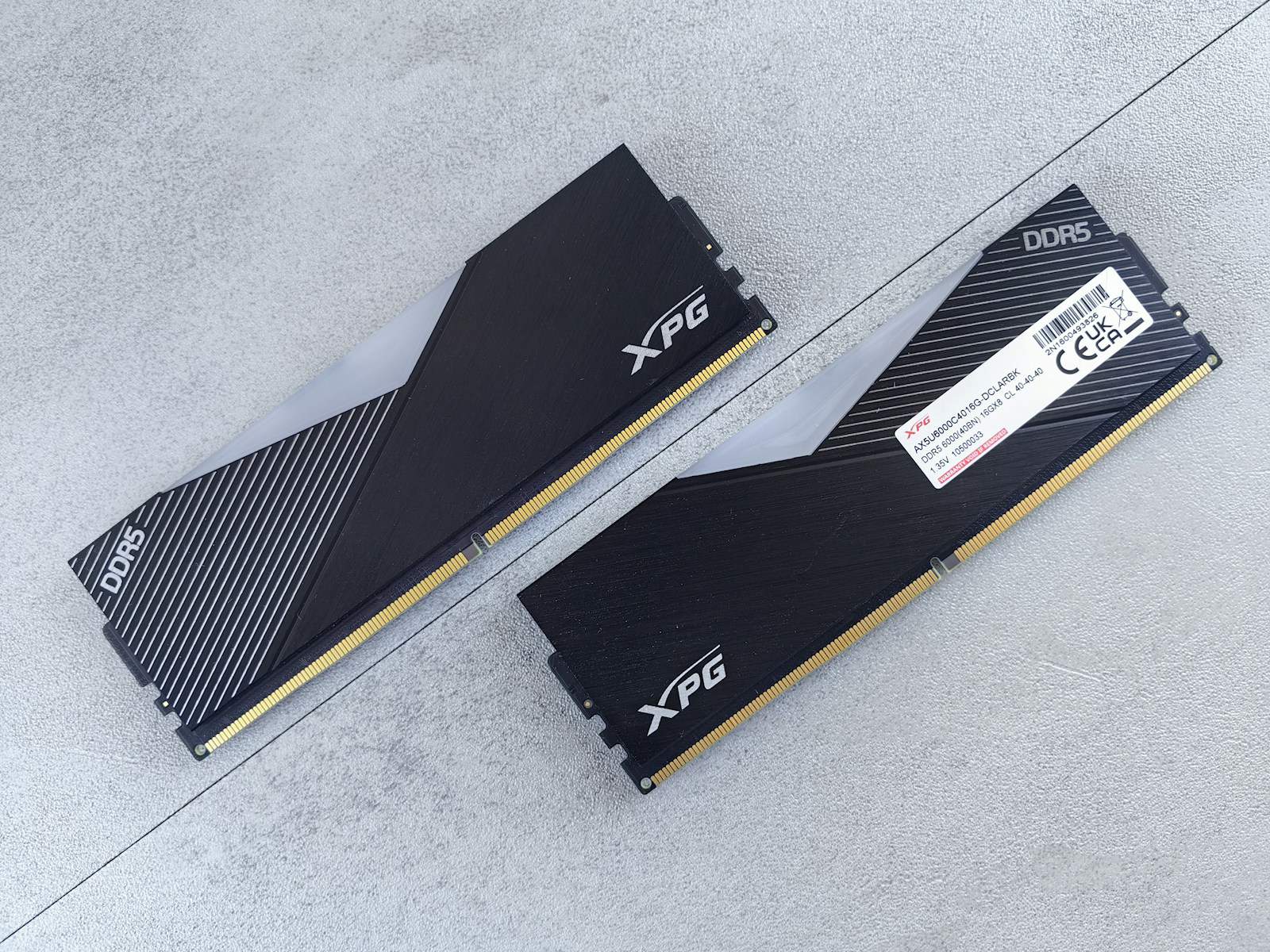
The RAM is the short-term memory because there is data that is always being given to the CPU and in order to compute everything without having data loss or having to download data all the time, the RAM is needed to manage the data at any given time. It also allows for multitasking and smoother application operation as you are able to load more data from the applications and temporarily store the data until you need to use it again. The higher the GB's of RAM you have the less lag you will have to deal with.
Storage
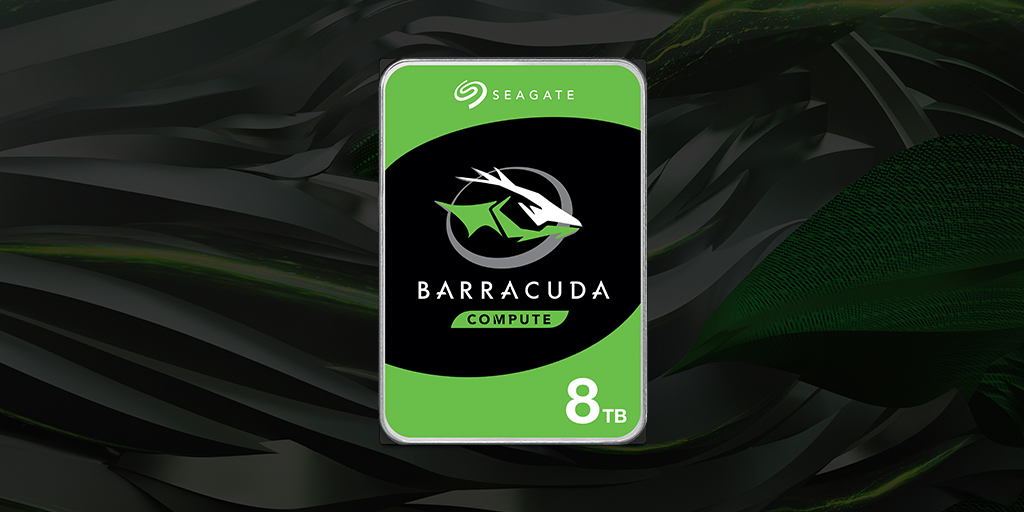
This is the long-term memory as you are able to load various sizes of data such as operating systems, various apps, games and documents.
The Hard Disk Drive (HDD) is one of the storage devices, the traditional spinning storage device. The HDD relies on spinning disks to read and write data and are slower and cheaper than the other storage devices, Solid State Drive (SDD) and Non-Volatile Memory Express (NVMe M.2).
Power Supply Unit (PSU)
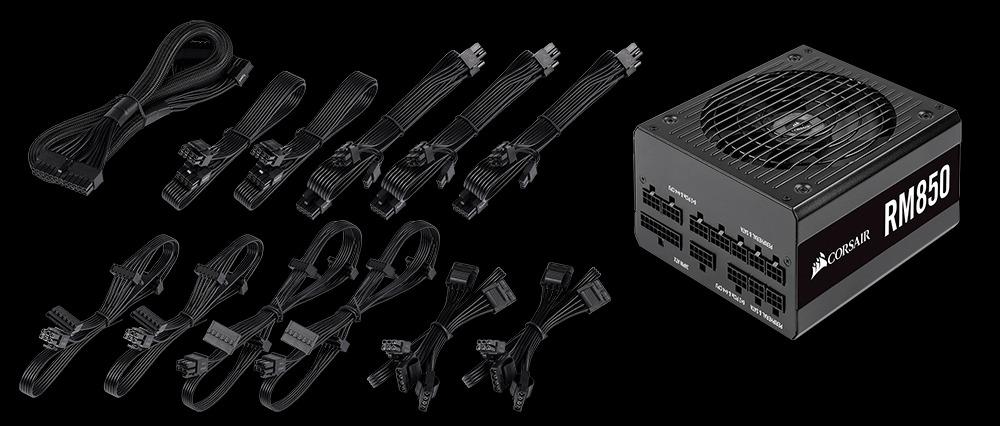
The PSU provides sufficient power to all of the PC parts with the correct amount of voltage, current and frequency. If there is a lack of power then you will start experiencing issues such as overheating, making excessive noise, the PC forcefully shutting down, and/or the PC not turning on at all.
System Cooling
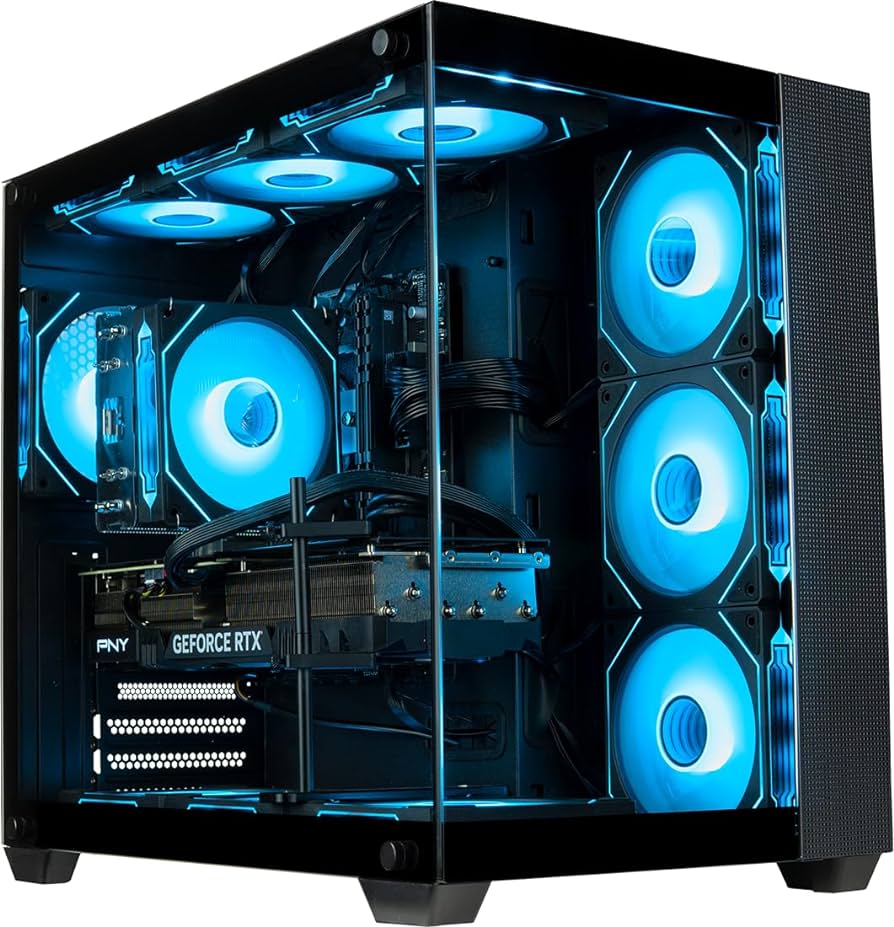
There are 3 different methods of cooling down the PC, with fans, AIO and Liquid.
The relatively "default" way of cooling down the PC is with fans. Fans get the job done but they are the loudest and rely on adequate breathability from the space inside the case and from the space around the case, specifically the front which is the intake and the back which is the exhaust.
